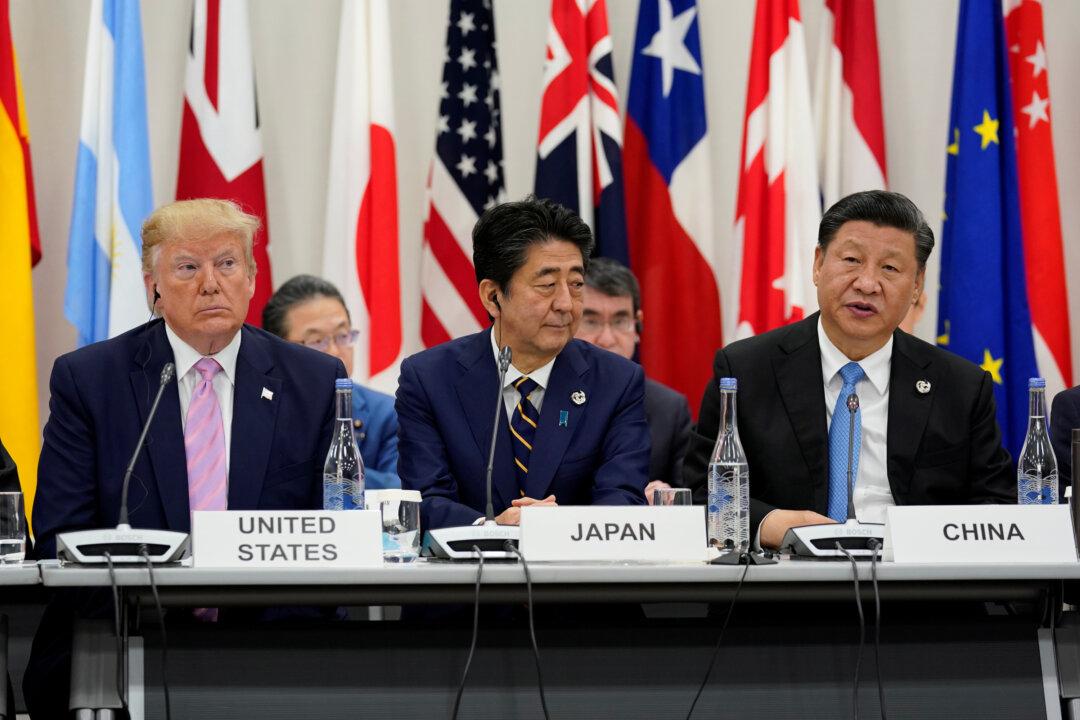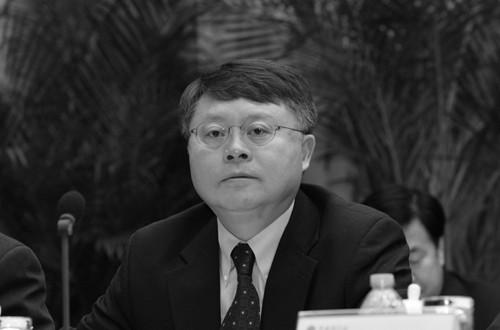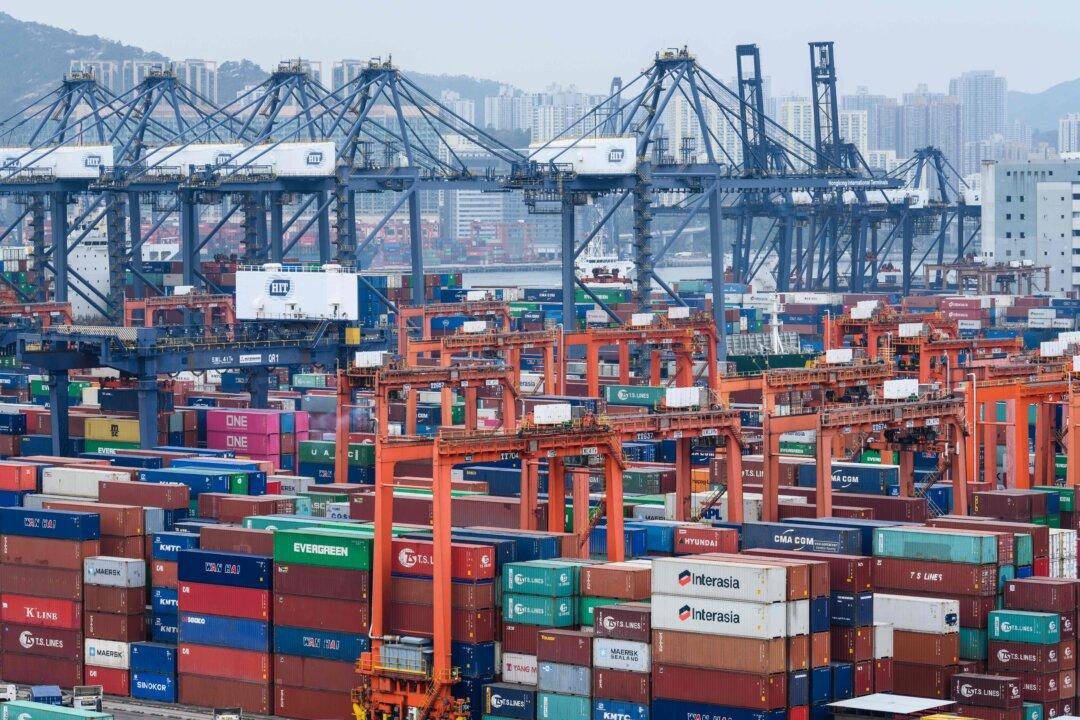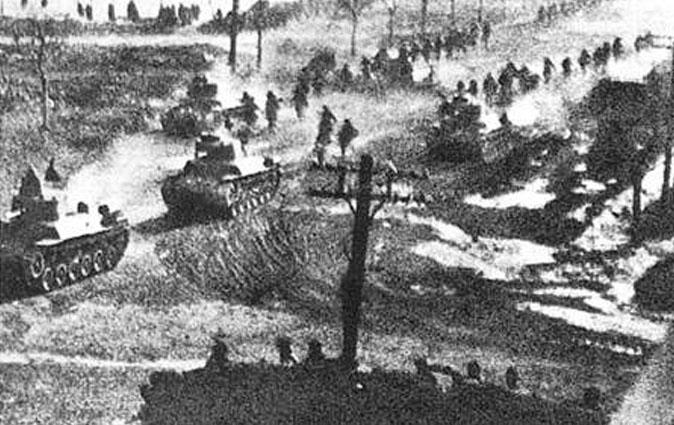A photographer got inside the nuclear exclusion zone in Japan’s Fukushima Prefecture and took pictures.
After the March 11, 2011, earthquake and subsequent nuclear meltdown, the area around the crippled Fukushima nuclear plant has become an exclusion zone---or an area completely closed off to the rest of the world. For five years, not only has the city been uninhabited by people, but it has been left untouched.
Keow Wee Loong, a Malaysian photographer, entered the Fukushima exclusion zone with his team last month, where they took revealing images of the ghost town.
Keow said in a Facebook post that a special permit was needed to visit the town, but the procedure was too much of a hassle for him. Instead they hiked into the exclusion zone through a nearby forest at 2 a.m.
While in the town, Loong saw all the vestiges of a town left paralyzed by time, such as a laundromat with clothes in washing machines, and newsstands still stocked with 2011 magazines.
He also spotted a lot of gold and valuables in homes and businesses, which he left intact.
“I can find food, money, gold, laptop and other [valuables] in the red zone ... I’m [amazed] that nobody looted this town clean,” he wrote on Facebook.
He spent 12 hours in the towns of Tamioka, Namie, Futaba, and Okuma, according to Time. “I still remember what is like to only have a GPS and google map walking in the wood at 2am in the morning to get into the town of okuma,futaba and namie (sic),” said Keow.
Keow added to CNN: “Have you ever had a dream that you are the only person left on the planet? Arriving in the exclusion zone is similar to that.” Keow described the experience as comparable to apocalyptic movies such as “I Am Legend.”
According to Keow, though its been five years, the radiation is still palpable.
“When i enter the red zone, i can feel a burning sensation in my eyes and thick chemical smell in the air (sic),” he wrote.
Keow said that the goal of his work is to bring awareness to the “devastating effects” of nuclear power. “Not many people have access to this area,” he says. “I wanted to be the one to document it.”
The full photo collection can be viewed on Keow’s Facebook page.
---



